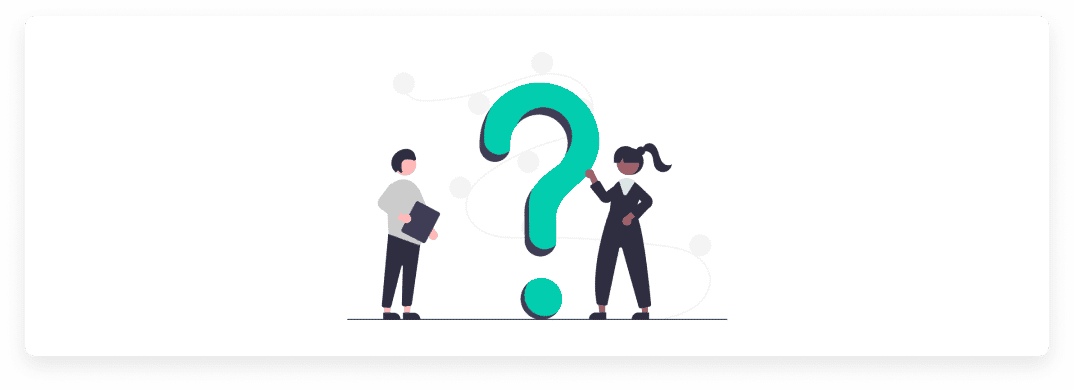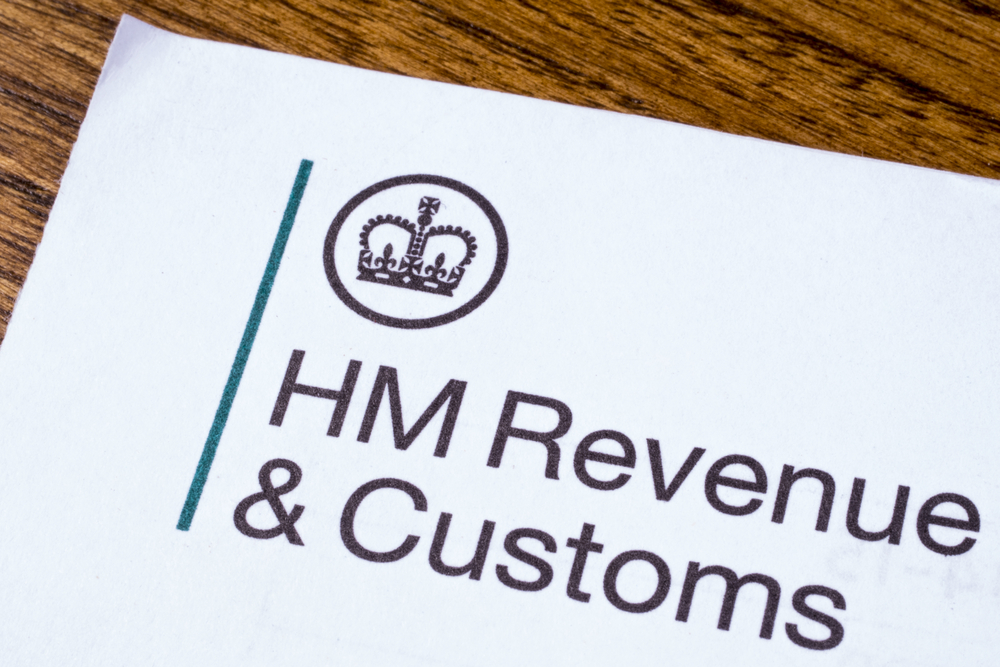There are many reasons why a business might cease to trade. In this guide, we’ll explain what happens when you’ve decided that it’s time to cease trading, the various ways you can do it and the potential consequences for you as a company director and your creditors.
Get Free Advice from Licensed Insolvency Practitioners
- If you submit this form, you’ll get a prompt response from someone who can offer advice.
- Our partners are fully licensed insolvency practitioners based in North London.
- Our recommendation is based on reviews, history, trading standards, ratings, satisfaction, trust & price.
- They offer over 100 years of combined partner experience.
- Your data will never be shared or misused.
- What Does it Mean to Cease Trading?
- Why Might a Company Cease Trading?
- How Does a Company Cease Trading?
- Register the Company as Dormant
- Company Dissolution
- Members’ Voluntary Liquidation
- Creditors’ Voluntary Liquidation
- Compulsory Liquidation
- How do I Notify HMRC that my Company has Ceased Trading?
- Can Creditors Pursue a Company That Has Ceased Trading?
- Can you Start Another Business Once you Have Ceased Trading?
- What’s the Easiest Way to Cease Trading?
What Does it Mean to Cease Trading?
A business that has ceased trading is one that no longer sells or buys goods and services, employs workers or operates on a day-to-day basis. Although the business may not yet have been officially removed from the Companies House register, all business activity has come to an end and its assets will usually be sold.
Liquidation and ceasing trading are terms that are often used interchangeably to describe businesses that are no longer operating. However, there are important differences between the two. Liquidation is the formal procedure used to close down a company and strike it off the Companies House register so it legally ceases to exist.
A company that has ceased trading has not necessarily been liquidated. It may continue to exist as a legal entity despite the activity of the business coming to an end. Rather than being struck off the Companies House register, it can be registered as ‘dormant’ with Companies House and remain that way indefinitely until it is needed again.
Why Might a Company Cease Trading?
There are lots of different reasons why a business might cease trading:
- The sole director may wish to retire and there’s no one to carry on the business
- Ill-health forces the director to take an extended break
- Company directors disagree about the direction the business is heading in and choose to walk away
- The company may have served its purpose i.e. been set up to take advantage of a particular opportunity that no longer exists
- The business was never profitable enough to be sustainable over the longer-term
- The business never took off as expected
- There are ongoing financial issues that hindered the business’s growth
- The director(s) want to pursue new opportunities
- The company reached the point of insolvency and it was decided that it could not be saved
Whatever the reason, if you choose to cease trading, there are rules and regulations you must follow. It is not simply a case of closing the doors and walking away. The easiest way to determine how to cease trading a limited company in your particular circumstances is to contact an insolvency practitioner. They will help you determine the most appropriate solution and ensure all of your legal obligations are met.
How Does a Company Cease Trading?
Believe it or not, in many cases it’s a lot easier to set up a limited company than it is to cease trading. That’s due to the various procedures that can be used to wind up a solvent and insolvent business, as described below.
Register the Company as Dormant
If you have a business that has ceased trading but you may need again, you can register it as dormant. You may choose to keep a limited company dormant to protect a brand, prevent the same name being used by another business or to hold intellectual property.
To make an active company dormant, you must cease trading, close any existing bank accounts and ensure that all bills, liabilities and bank charges are paid in full. You should also cancel standing orders and direct debits and advise suppliers and customers that the business is closing. You must also inform HMRC and file a final company tax and VAT return, pay any tax due and cancel your VAT registration.
For the company to remain dormant, no transactions or trading can occur and you must file dormant accounts with Companies House every year, which should include a balance sheet and an annual confirmation statement. To make the company active again, just contact HMRC within three months of recommencing trading.
Company Dissolution
If your company is solvent i.e. can repay its debts, and you are sure it will not be needed again, you can apply to have it struck off the Companies House register via a process called company dissolution. Before the company directors can apply to have it struck off they must cease trading, make the employees redundant, pay any tax liabilities owing, repay the company’s debts and sell its assets. The money raised by the sale of assets will be distributed among shareholders according to their percentage of the shareholding.
Form DS01 can then be completed and submitted to apply for strike off, and as long as the form has been completed correctly and no one objects, the company will be struck off the Companies House register and will cease to exist.
Members’ Voluntary Liquidation
If the company is solvent but has assets worth more than £25,000, it is usually more tax-efficient to cease trading and close the company using a procedure called a members’ voluntary liquidation (MVL). This represents a swift and cost-effective way to close a business and is often used by company directors who are retiring, moving into employment or want to embark on a new venture.
As a formal liquidation procedure, a licensed insolvency practitioner must be appointed to handle the process. They will bring the company’s affairs to an end at a time that’s practical and convenient for the company directors and settle any outstanding creditor claims, sell the company’s assets and distribute the proceeds among the shareholders. The company will then be struck off the Companies House register and will cease to exist.
Creditors’ Voluntary Liquidation
If a company that ceases to trade is insolvent i.e. it has debts that it cannot afford to repay, then an insolvency practitioner must be appointed to assess whether it can be rescued or sold as a going concern. If it can’t, a formal insolvency procedure called a creditors’ voluntary liquidation (CVL) can be used to close it down.
Acting as the liquidator, the insolvency practitioner will value and sell the business’s assets and distribute the proceeds among the company’s creditors before striking the company off the register. This procedure is preferable to ceasing trading and waiting for the business to be closed down by a creditor via compulsory liquidation as it’s less likely to lead to personal liability issues and director disqualifications.
Compulsory Liquidation
If an insolvent business has debts that it cannot or refuses to repay, it can be forced to cease trading by creditors such as suppliers and HMRC. They can issue a winding up petition that will be heard by the court. If the judge rules against your business, a winding up order could be made and you will be forced to cease trading immediately and the company will be liquidated.
A liquidator will be appointed and the assets of the business will be valued and sold and the creditors will be repaid according to a strict hierarchy. The company will then be struck off the Companies House register. The liquidator will also carry out a full investigation into the reasons for the insolvency and the conduct of the directors. If acts of wrongful trading or misconduct are discovered, the directors could be made personally liable for company debts and be disqualified from acting as a director for up to 15 years.
How do I Notify HMRC that my Company has Ceased Trading?
You must inform HMRC that the company has ceased trading by contacting your local corporation tax office at your earliest opportunity. You will be able to find the relevant details on any official correspondence you have received from HMRC, by calling the corporation tax helpline on 0300 200 3410 or by speaking to an HMRC adviser online.
HMRC will ask you to complete and submit a company tax return and pay any liability that’s outstanding for the period. You must also file a final VAT return, pay any tax due and cancel your VAT registration within 30 days.
There is no need to tell Companies House that your company is no longer trading until your annual accounts are due.
Can Creditors Pursue a Company That Has Ceased Trading?
Yes. Ceasing trading cannot be used as a method to avoid repaying your debts. Even if the company is successfully dissolved and struck off the Companies House register, creditors can still apply to the court to have the company reinstated. They can then take action to enforce the payment of the debt or force the company into compulsory liquidation. That could lead to a number of negative outcomes for the company directors, including personal liability for the debts the company cannot afford to repay.
If the company is solvent, the only way to cease trading without the risk of creditor claims and enforcement action is to repay all of its debts before it is made dormant or dissolved. If the company is insolvent, a formal insolvency procedure such as a creditors’ voluntary liquidation must be used to close it down. In that instance, all or part of the company’s debts will be repaid before it is liquidated and the creditors will not be permitted to make any future claims.
Can you Start Another Business Once you Have Ceased Trading?
If the company that has ceased trading was solvent, there is absolutely nothing to stop you forming another limited company. You can even register the old business as dormant in case you need it again.
If the company that has ceased trading was insolvent, you are free to form a new company but some restrictions will apply. That is to prevent company directors from closing one company and starting another simply to escape its debts.
There are legal restrictions that prevent a new company using the same or a similar name as the old company was known by in the 12 months before the date of liquidation. This rule applies for a period of up to five years and includes registered names and trading names. Those who do not follow the rules are liable to a fine, imprisonment or personal liability for the debts of the new company using the prohibited name.
There are some exceptions to this rule, namely where:
- The court has given its permission for the name to be used
- The new company purchases the whole or substantially the whole of the business in liquidation
- The new company has been trading and using what would be a prohibited name continuously for at least 12 months leading up to the old company’s liquidation
Another consideration when starting a new business after an insolvent company has ceased trading is the potential requirement to pay an HMRC security deposit. If the old company was liquidated and tax liabilities were not repaid in full, HMRC may take the view that there’s an increased chance the new company will do the same.
To prevent the public purse being left out of pocket, it may request a security deposit such as a bond or fixed security payment. That will be used to settle any outstanding liabilities if the company does not pay its tax bills in full.
What’s the Easiest Way to Cease Trading?
If you want to cease trading a solvent or insolvent company, we can help. Just give us a call on 08000 24 24 51 or email info@businessexpert.co.uk. We will provide a cost-free initial consultation to help you determine the simplest and most efficient way to close your company down.



